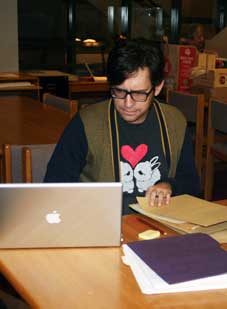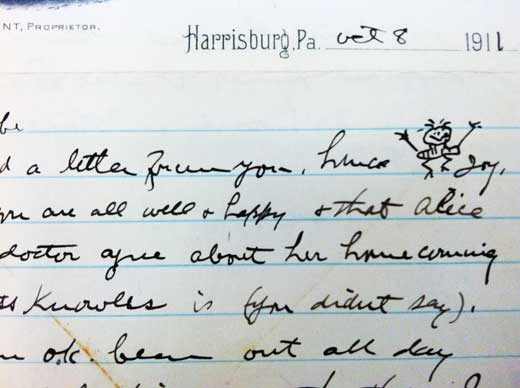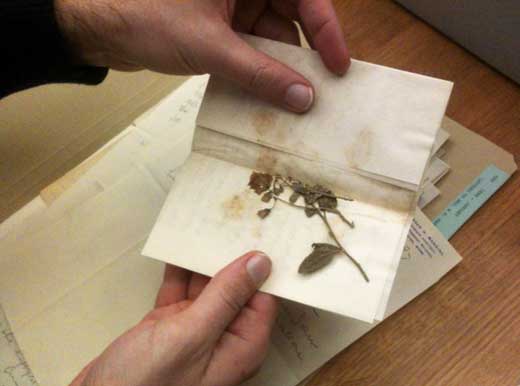“Dearest Nettie . . . .”
“Dearest Nettie . . . .”

During his frequent travels to project sites across the country, Warren Manning wrote hundreds of letters to his wife, Henrietta Hamblin Pratt Manning—“Nettie,” to him. In his unpublished autobiography, he wrote that she was “the daughter of a leading citizen and business man,” and, as his spouse, “was not only an ideal homemaker and hostess, but . . . also an artist in oil, flower, and landscape printing, and in the decoration of china.” The letters, part of the Manning Collection at the University of Massachusetts Lowell, span the mid-1880s, when Manning started working in the Olmsted office, to 1932, when Henrietta Manning died.

For the forthcoming book about Manning’s projects, LALH researchers are sifting through the correspondence to gain a more detailed picture of Manning’s practice. Whether he wrote from a swaying sleeper berth or a desk in a hotel room, Manning usually reported on his zig-zagging journeys from private estates on Long Island and Chicago’s North Shore to mining company towns in Arizona and Michigan to park systems in Minneapolis and Harrisburg.

In addition to Manning the landscape architect and planner, Manning the human being is also emerging: a person who likes cats and dogs, who complains about the quality of his son’s schoolwork, who apologizes for not earning enough to build his wife a house, and who fills the margins of his letters with delightful doodles. And through these highly personal documents, readers also learn previously unknown facts about Manning’s professional practice. In particular, Manning’s letters are illuminating his methods for expanding his practice in the early teens. These included deploying the likes of Fletcher Steele and A. D. Taylor to take charge of large and important jobs.
Banner photo credit: Ruth Bancroft Garden, Walnut Creek, California (detail). Photo by Marion Brenner.